


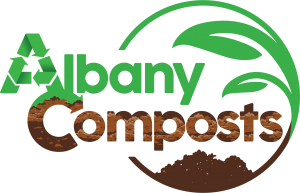
How to: Food Waste Composting
Why Should I Compost?
Did you know that food waste accounts for approximately 20% of our household trash? Composting keeps organics out of landfills, reduces waste, and puts valuable nutrients back into our food cycle. When food scraps end up in landfills, they emit methane, a potent greenhouse gas contributing to climate change. By composting in your backyard, you are diverting the waste from the landfill and reducing your carbon footprint.
How Do I Compost?
Composting is the process of recycling organic waste through decomposition. It’s a simple process that results in a nutrient-rich dirt-like material that can be used to enrich the soil in houseplants, gardens, parks, and anywhere the soil needs improvement.
What Should I Put Into My Compost Bin?
The recipe for a backyard compost pile is quite simple. All you need is carbon, nitrogen, and water. That’s it.
 Nitrogen sources, a.k.a “Greens”
Nitrogen sources, a.k.a “Greens”
Are easily supplied by many of the items you regularly discard in your kitchen waste bin. These are the “yes” items, such as fruit and vegetable scraps, egg shells, nut shells, coffee grounds, bread, and grains.
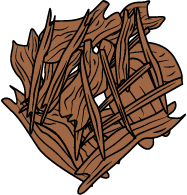 Carbon sources a.k.a. “Browns”
Carbon sources a.k.a. “Browns”
are added to the pile in the form of sawdust and fine wood chips from untreated wood, straw, shredded paper cardboard, and fallen leaves. No pesticides, please!
![]() Water should be adequate for most of the year.
Water should be adequate for most of the year.
However, if your pile seems drier than a wrung-out sponge, give it some water.
Ideally, you want a layer of Greens followed by a layer of Browns that is at least double the amount of the layer of Greens. You would continue this layering throughout the process of building your compost pile. When your pile heats up, you can turn it, but it’s unnecessary. An unturned static pile will decompose, although not as quickly.
If your backyard compost bin gets completely filled, you can create a secondary pile. Your secondary pile should be placed in a space at least three feet long and three feet wide. To avoid pests, you should choose to contain your secondary pile in an additional plastic bin, metal fencing, or a homemade wooden compost bin.

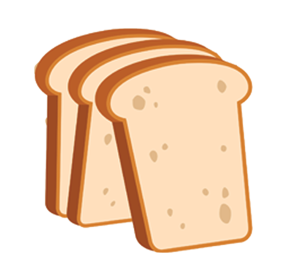
Bread
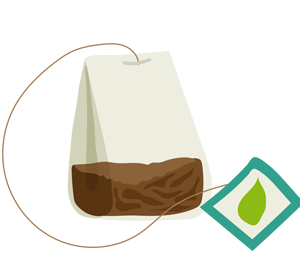
Paper Teabags
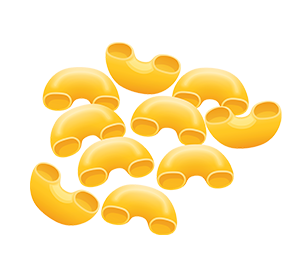
Pasta & Grains
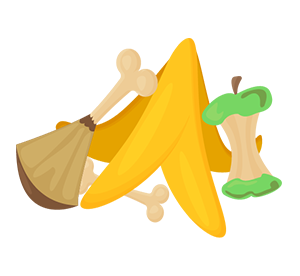
Fruits & Vegetables

Non-Weed Plants
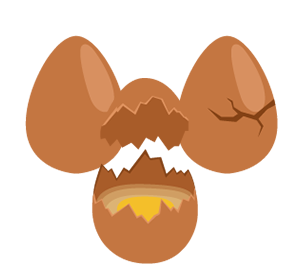
Egg Shells
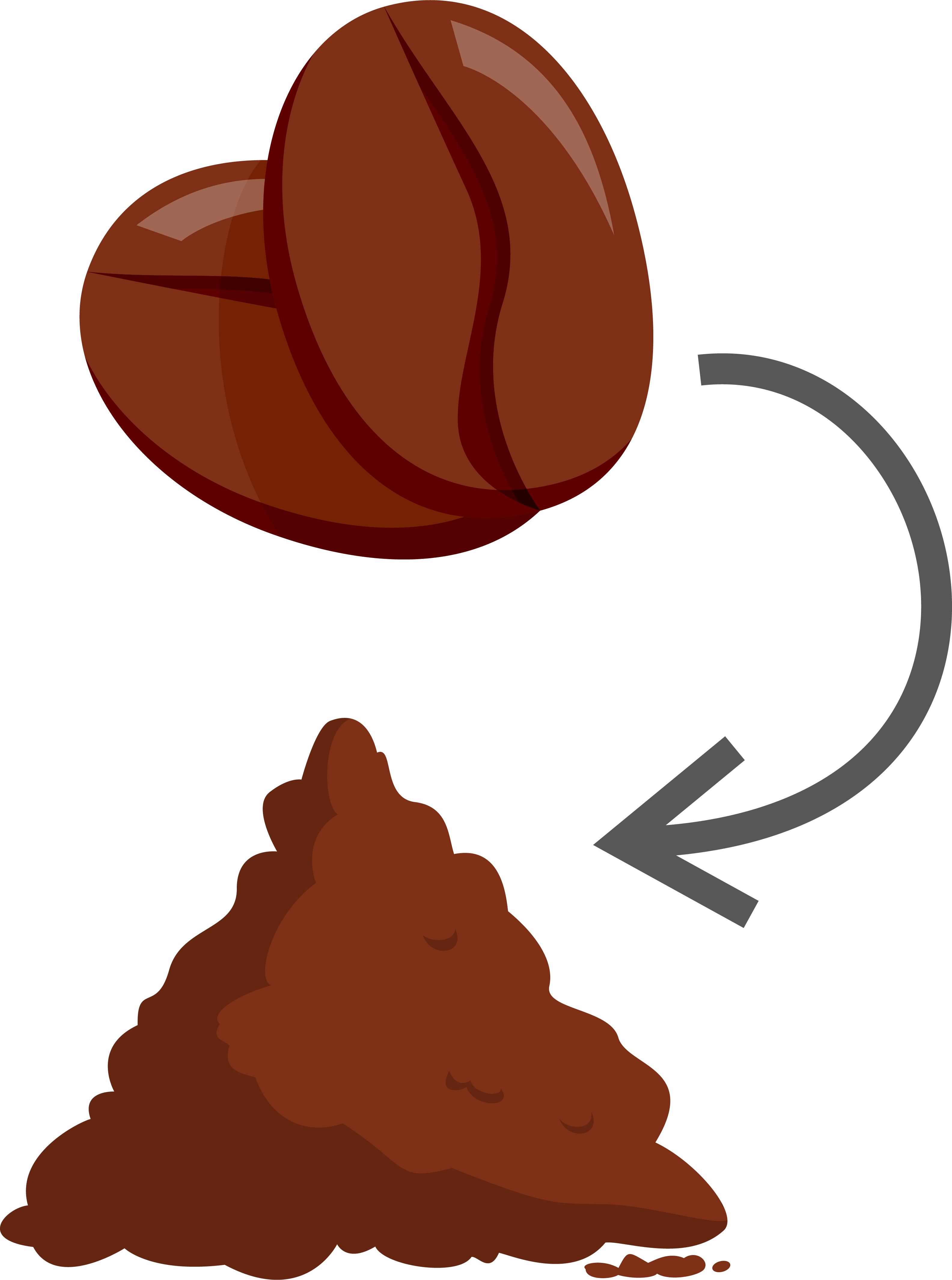
Coffee Grounds
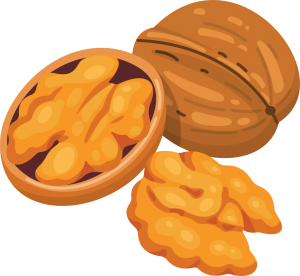
Nut Shells
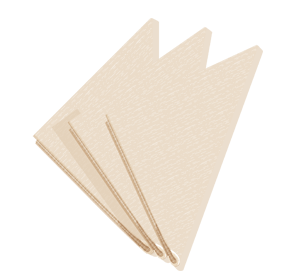
Un-Bleached Paper Products

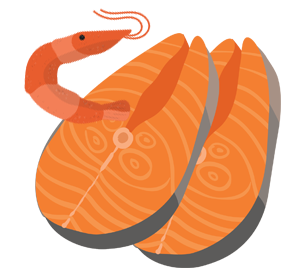
Fish/Shellfish

Meat
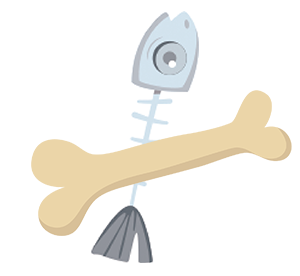
Meat or Fish Bones
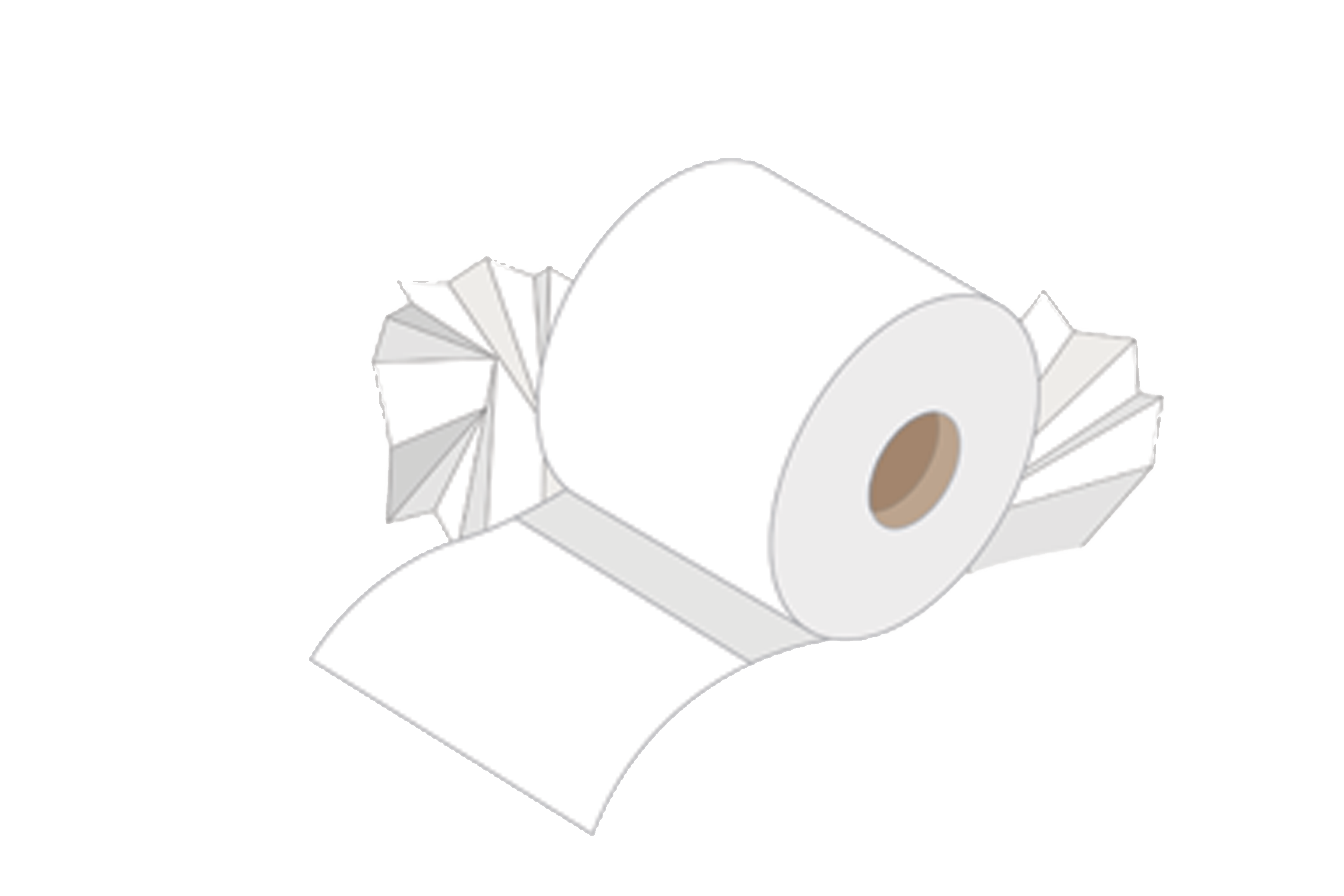
Bleached
Paper Products
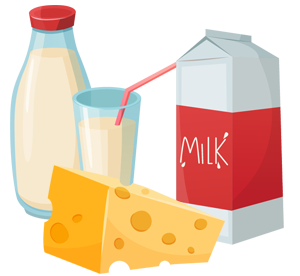
Dairy Products
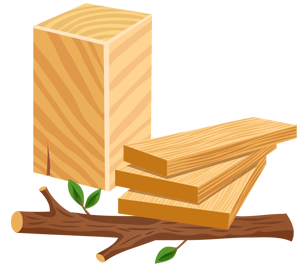
Large Branches & Wood
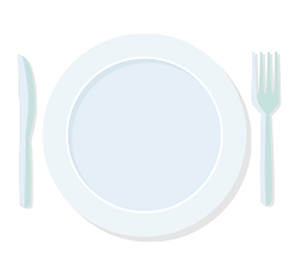
Plastic, Metal or Glass Container, Cutlery, Cups or Plates
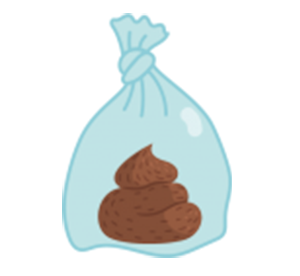
Pet Waste
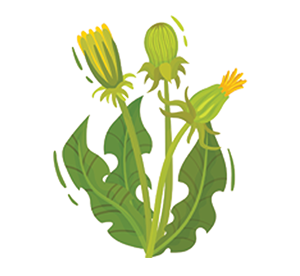
Weeds
When Should I Compost?
You can compost all year long however there are some things to consider seasonally:

Keep adding material to your backyard compost bin. The process will slow down in cold months; however, the material will continue to break down. Once Spring arrives, the process will pick up speed.

To speed up the process give your compost a stir and add some soil to introduce beneficial microbes. This is a good time of the year to dig out some finished compost from the bottom of your bin and add it to your garden beds or donate it to a neighbor or a local community garden.

Keep adding alternating layers of Greens and Browns to your pile. If your pile seems dry due to the warmer weather add some water.

Save your leaves and add as a carbon source throughout the fall and winter months. This is another good time to dig some finished compost out from the bottom of your bin and add it to your garden beds or donate it to a neighbor or a local community garden.